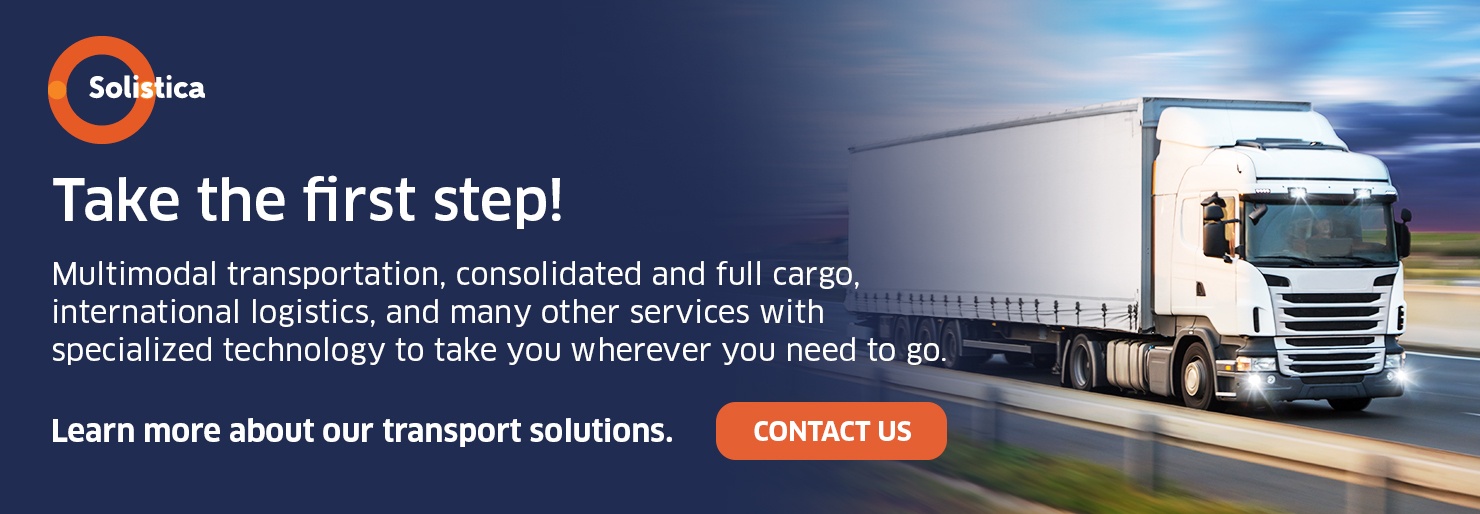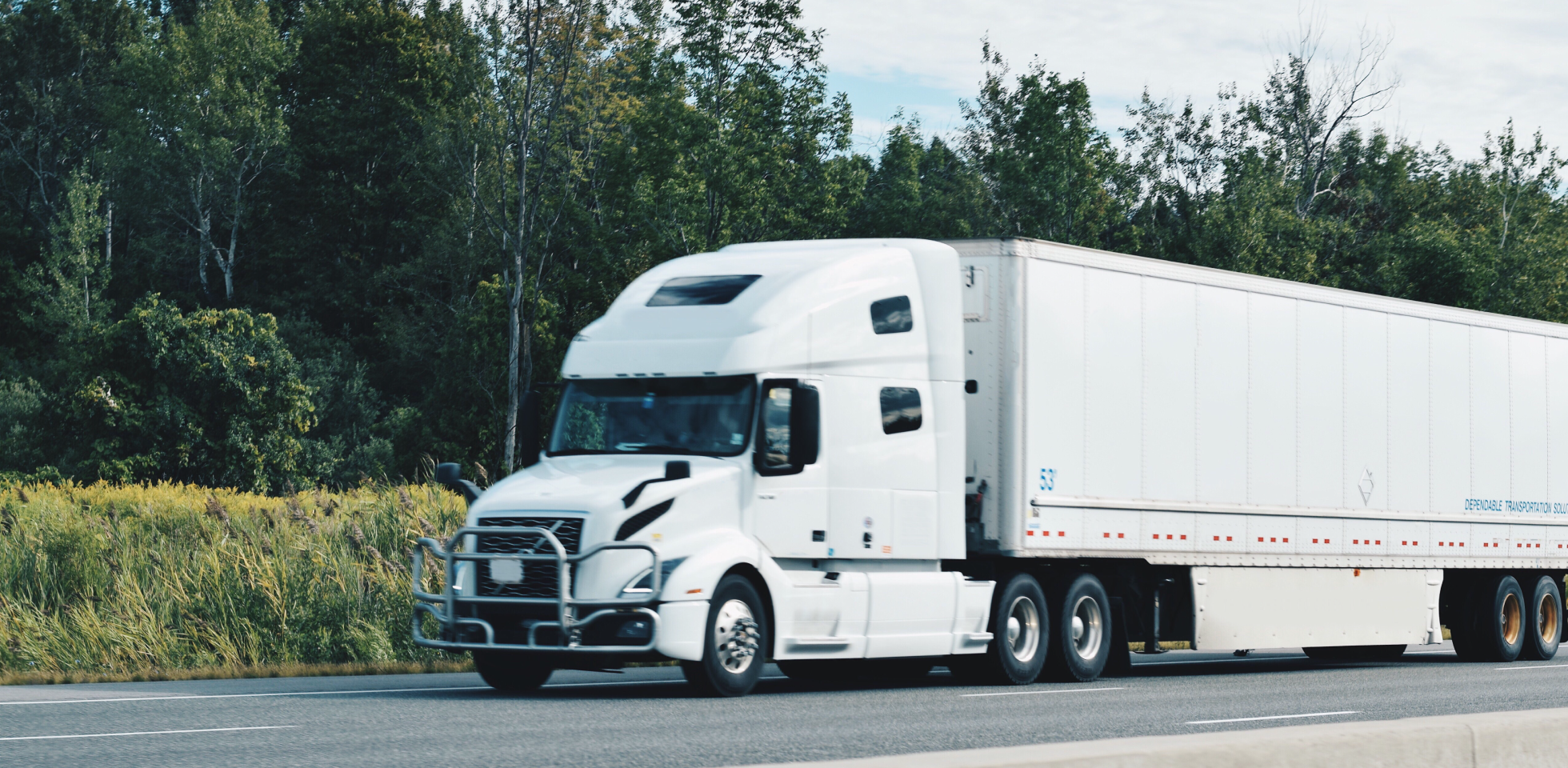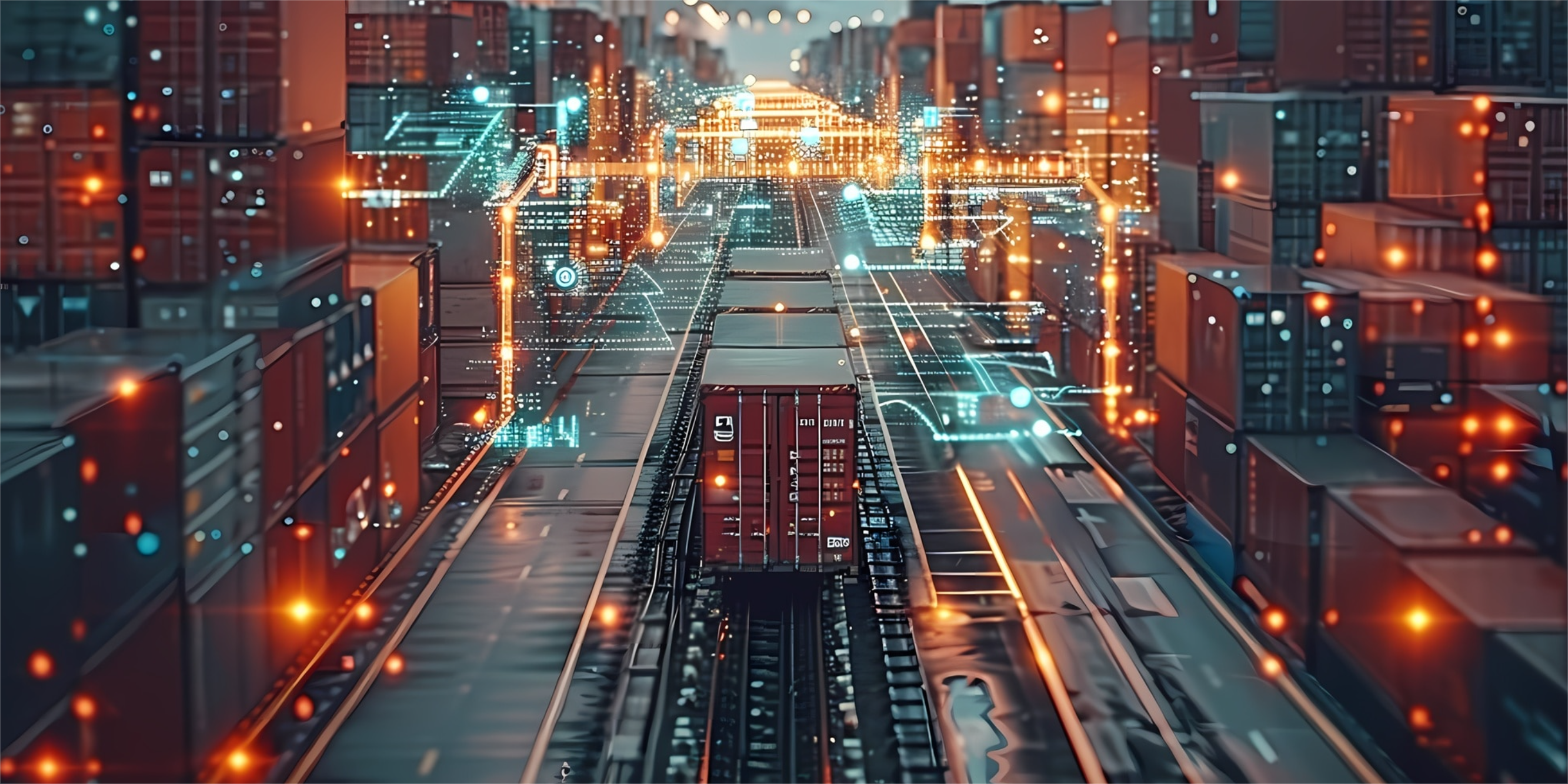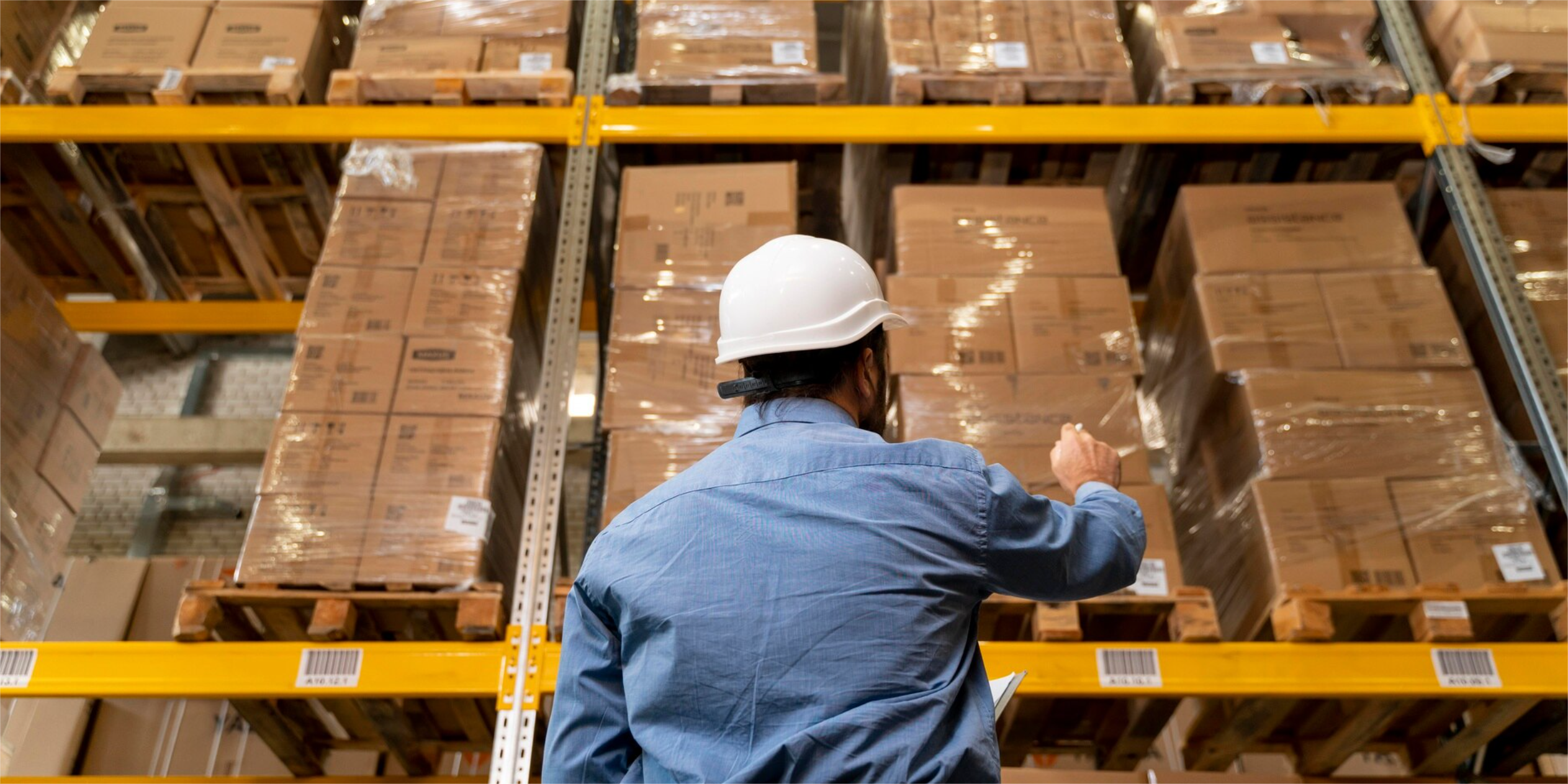Progress in the logistics transport service, as in other links of the supply chain, will greatly depend on creating new ways in which to offer services and on developing new and specialized technologies to create value for clients, maximize the use of resources, and boost overall productivity for this activity.
Both shoppers on online stores and e-commerce platforms expect to get their orders fast and at the chosen destination. In this sense, manufacturers who use a just-in-time inventory system to save on storage costs and to optimize their cash flow are exerting great pressure on logistics companies.
It is no longer about simply implementing distribution systems with centralized destinations and scheduled regularity, to satisfactorily serve the so called "micro supply chains", we need a change in strategy that sees innovation as a major role in transport.
The future technology for transport is characterized by data gathering and analysis, electrical and autonomous systems, robotization and automation of processes, and the collaboration among the sector’s companies to meet the goal of promoting client satisfaction at the lowest possible cost.
According to a 2018 report of the World Bank, the following are the factors boosting transport innovation:
- Hyper-connectivity to internet from any place and device.
- Automation and the boom of collaborative economy.
- Artificial intelligence and machine learning enable the use of tools to gather and analyze data for statistics and predictive use.
- The demand for a more efficient and less polluting use of fuels.
- The growth of the middle class with a stronger purchasing power and an aging population.
- A financial and knowledge environment that fosters innovation and the development of disruptive technologies.
How to boost innovation in a transport company?
The existence of technological innovations and the acknowledgement of the need for them in the transport industry asks for an adoption strategy than adheres to a method based on the following guidelines:
- Assess the status of the company in terms of efficiency and productivity, find out in which areas it may improve by incorporating technological innovations and comparing itself to competitors.
- Set specific, realistic, and measurable goals to achieve congruence in the efforts carried out by all the members of the organization in the quest to reach a common goal.
- Adopt adequate technologies and adapt them to the needs and procedures of the company looking to meet the demands of the market.
- Train and motivate staff to become agents of change and avoid putting up costly resistance.
- Promote a change in the corporate culture beginning at the leadership levels to foster creativity, recognition, and best practices.
- Foster team work within the company and the collaboration with other companies to enhance the use of talent and resources in benefit of the clients and other parties involved.
- Set up metrics to assess results and design a continuous improvement plan to improve customer service.
Which way to go?
An essential task for incorporating innovation to transport is to find the trends that are influencing the development of the logistics industry.
These trends primarily focus on clients, on their demands for the fastest deliveries possible, or on the scheduling of orders that cover special requirements or details. Based on this challenge, transport and 3PL suppliers must:
- Set up a strategic relationship with manufacturers or retailers to guarantee a satisfactory client experience.
- Offer additional services for transport and distribution, looking to add value to the supply chain. Integrating supplementary activities such as outsourced manufacturing, labeling, packing, picking, inverse logistics, and palletizing, among others, is becoming a standard practice for transport and 3PL services.
- Contemplate building small and regional warehouses closer to end clients to deliver orders faster. This trend responds to the just-in-time strategies applied in logistics. New storage areas, additional to the large distribution centers, must be built to meet the demand for fast deliveries and to ensure the supply chain reaches end clients on time. These facilities should be strategically located at the sites with the highest order rates; therefore, there may end up being more warehouses, but the operation would be more efficient.
- Get ready with the proper infrastructure and equipment to answer the demand throughout the year because the retail and manufacturing sectors promote online shopping with promotions and special sales events. This affects not only the distribution of orders made by consumers on e-stores but also the replenishment of stock in the manufacturers’ facilities.
- Diversify delivery options. Clients who shop online look for fast deliveries at multiple locations; this makes logistics harder for delivery companies.
- Continue supplying brick-and-mortar stores, which still play a major role in the lives of consumers because they are the place where they can check out in person the items they saw online and, in many cases, is also the place where they go to pick up their online purchases. For manufacturers, this means they must keep a variable delivery strategy or an omnichannel client experience, which in turn means, for their 3PL suppliers, the need to rethink their delivery routes design and their storage strategies.
- Offer complete visibility of shipments to satisfy the clients’ need for transparency. To achieve this, technologies such as the Internet of Things (IoT) and blockchain are essential.
A future already here
There are specialized transport technologies that are making process in their development, and their adoption by the logistics industry has been accelerated because of the changes in the consumption patterns of buyers and because of the changes on the companies’ inventory models.
The following are some transport innovations that were sci-fi fantasies some years ago and are now here:
◦ Cargo drones have already been tested by Amazon, one of the world’s largest e-commerce platforms in the world. According to the most recent calculations from the World Bank, their use in last-mile services will be cheaper than motorcycles.
◦ Self-driving taxis are big-sized drones with 18 propellers capable of transporting two passengers at a time. They are being tested in Dubai.
◦ Maglev trains are in service in Germany, China, Japan, and South Korea; they work thanks to electrified magnets and reach an average speed of 370 miles per hour.
◦ Hyperloop systems refer to trains traveling in pressurized tubes and reach high speeds. They are in development and the first passenger service is expected for 2021.
◦ Elevated buses are vehicles moving over railways and rise above the regular city traffic. It is in the design stage in China; the goal is for them to help lower traffic jams by 30%.
◦ Self-driving freight trucks have already been tested at several places around the world. The main concern from governments is road safety and their adoption may be delayed a bit because of the need to set up a regulatory framework for their circulation.
◦ Smart roads; improvements in infrastructure generally affect the operational costs of transport companies but when we speak about smart roads, the benefits go to the next level. The goal is to increase road safety using sensors and communication systems that report weather conditions and changes in the road to drivers. Solar power will also be used to melt snow and ice on roads, to provide lighting at night and feed electric cars’ charging stations.
Because of the everchanging demands of clients, transport companies must aim to remain competitive by adopting the technologies that are already revolutionizing the world.
Flexibility and adaptability are two major factors to make the best use of innovations, so we can increase our efficiency and satisfy clients to the fullest.
.jpg)






